The Allure of 60×60 Matte Grey Tiles
In the ever-evolving world of interior design and architectural finishes, the 60×60 matte grey tile has emerged as a cornerstone of modern aesthetics. Its sophisticated, understated appeal lends itself to a vast array of design themes, from industrial chic to minimalist sanctuaries, and even contemporary traditional spaces. The large format size minimizes grout lines, creating a seamless, expansive feel, while the matte finish adds a layer of depth and practicality, effectively minimizing glare and offering improved slip resistance. The neutral grey hue provides a versatile backdrop, allowing for creative freedom in furniture, décor, and accent choices.
However, beneath this appealing surface lies a critical distinction that profoundly impacts the tile’s performance, durability, and suitability for various applications: whether it is porcelain or non-porcelain. This is not merely a technicality; it’s the fundamental difference between a tile that will withstand the test of time and traffic, and one that might disappoint in demanding environments.
Choosing the right tile for your project, especially a significant investment like a large-format floor or wall covering, requires more than just an appreciation for its visual appeal. It demands a technical understanding of its composition, manufacturing process, and inherent properties. This comprehensive guide aims to equip you, the discerning buyer, with the knowledge necessary to navigate the nuances of 60×60 matte grey porcelain and non-porcelain tiles. We will delve deep into their characteristics, explore the practical implications of their differences, and provide a clear roadmap for making an informed decision that aligns with your project’s demands, aesthetic desires, and long-term expectations. By the end of this article, you will not only understand the “what” but also the “why” behind choosing the right 60×60 matte grey tile for your space.
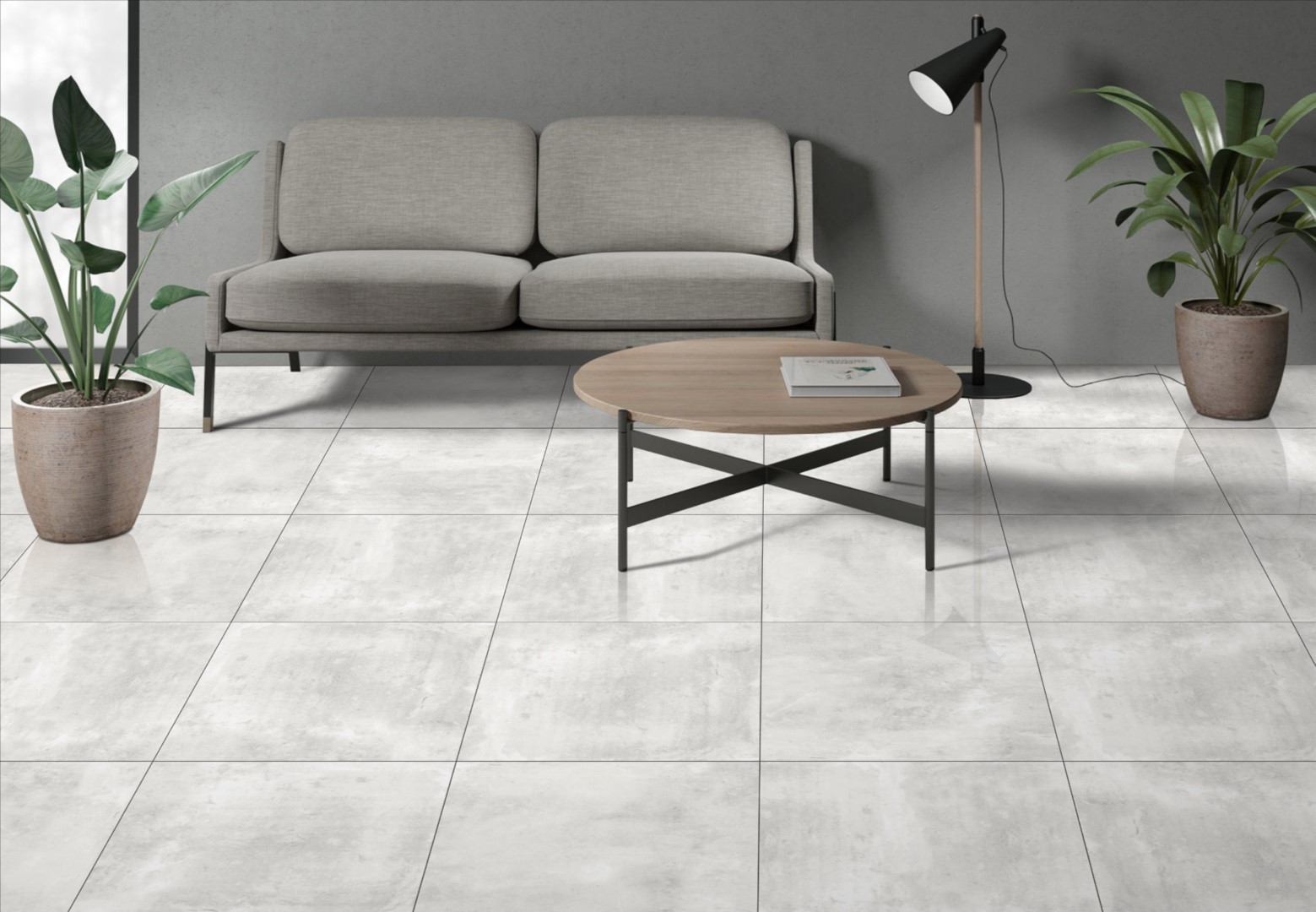
Understanding the Basics: What Defines Porcelain and Non-Porcelain Tiles?
Before we dive into the specific advantages and disadvantages, it’s crucial to establish a clear definition of what constitutes a porcelain tile versus a non-porcelain tile (often broadly categorized as ceramic tile, though this can be a simplification as porcelain is technically a type of ceramic). The distinction lies primarily in their composition, the firing process, and consequently, their physical properties.
The Genesis of Porcelain: A Dense and Durable Creation
Porcelain tiles are a type of ceramic tile manufactured from a very fine, dense clay and other natural materials like feldspar and silica. The key differentiator is the incredibly high firing temperature and extended firing time they undergo, typically exceeding 1200°C (2200°F). This intense heat causes a process called vitrification, where the materials melt and fuse together, forming a glass-like, impervious body.
This vitrification process is what gives porcelain its hallmark characteristics:
- Extremely Low Water Absorption: This is the most defining characteristic. According to international standards, a tile is classified as porcelain if its water absorption rate is 0.5% or less. This incredibly low porosity makes porcelain highly resistant to moisture, stains, and frost.
- High Density and Hardness: The vitrified body of porcelain is incredibly dense and hard, making it exceptionally resistant to wear, abrasion, and heavy impact.
- Through-Body (Often): Many porcelain tiles, especially unglazed ones, are “through-body,” meaning the color and pattern extend throughout the entire thickness of the tile. This makes chips or scratches much less noticeable as the underlying body matches the surface. Glazed porcelains have a durable top layer, but the body beneath might be a different color.
The Nature of Non-Porcelain (Ceramic) Tiles: Versatile and Accessible
Non-porcelain tiles, often simply referred to as ceramic tiles, are also made from clay and other natural materials. However, they are typically made from less refined clays and are fired at lower temperatures and for shorter durations compared to porcelain. This results in a tile body that is less dense and more porous.
Key characteristics of non-porcelain tiles include:
- Higher Water Absorption: Their water absorption rate is generally greater than 0.5%, often ranging from 3% to 7% or even higher. This makes them more susceptible to moisture penetration, staining, and cracking in freeze-thaw conditions.
- Less Dense and Softer: Due to the lower firing temperatures and less vitrified body, non-porcelain tiles are typically softer and less dense than porcelain. While still durable for many applications, they are generally less resistant to heavy impact and abrasion.
- Glazed Surface: Most non-porcelain tiles are glazed, meaning they have a protective, decorative layer applied to their surface. This glaze provides the color, pattern, and often some level of stain resistance. If the glaze is chipped, the underlying body, which is usually a different color, will be exposed.
Understanding these fundamental differences is the first step in appreciating why the choice between porcelain and non-porcelain significantly impacts the longevity and performance of your 60×60 matte grey tile installation.
The Technical Divide: Key Performance Metrics
The distinction between porcelain and non-porcelain tiles is not just academic; it translates directly into tangible performance differences that are crucial for informed buying decisions. When evaluating 60×60 matte grey tiles, several technical metrics come into play, offering objective measures of their suitability for various environments.
Water Absorption Rate: The Ultimate Indicator of Porosity
As previously mentioned, the water absorption rate is the most critical factor differentiating porcelain from non-porcelain. This metric, typically expressed as a percentage by weight, indicates how much water a tile will absorb.
- Porcelain ( ۰.۵% water absorption): This extremely low absorption means porcelain tiles are virtually impervious to water. This property makes them ideal for:
- High-moisture areas: Bathrooms, shower walls, kitchen backsplashes, and laundry rooms.
- Outdoor applications: Patios, pool surrounds, and other exterior spaces where exposure to rain, snow, and freeze-thaw cycles is expected. The minimal water absorption prevents water from seeping in and freezing, which would otherwise cause the tile to crack.
- Commercial spaces: Restaurants, lobbies, and other areas where spills are common and hygiene is paramount.
- Non-Porcelain (> 0.5% water absorption): Tiles with higher water absorption are more porous and thus more susceptible to:
- Staining: Liquids can penetrate the tile body, leading to permanent discoloration.
- Moisture damage: In very wet environments, prolonged exposure to moisture can weaken the tile or grout.
- Frost damage: If water penetrates the tile and freezes, it expands, causing the tile to crack or delaminate. This makes most non-porcelain tiles unsuitable for outdoor use in climates that experience freezing temperatures.
When purchasing your 60×60 matte grey tiles, always check the manufacturer’s specifications for the water absorption rate. This single number will tell you a great deal about the tile’s inherent resilience to moisture.
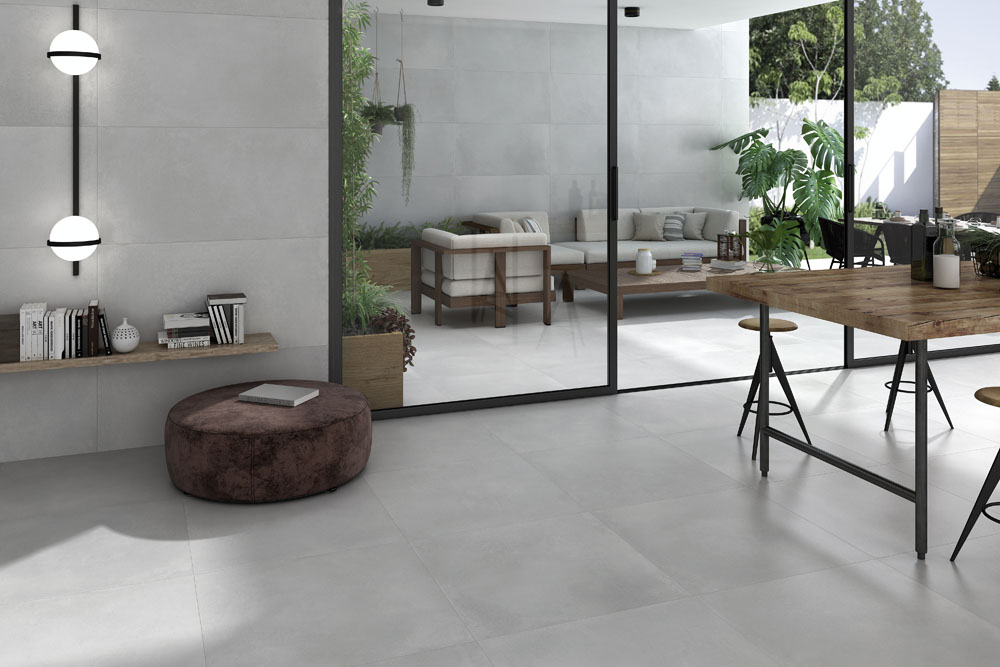
PEI Rating: Gauging Surface Durability and Abrasion Resistance
The Porcelain Enamel Institute (PEI) rating is a standardized scale (0-5) that measures a tile’s resistance to abrasion and wear on its glazed surface. While often associated with glazed tiles, it’s a valuable indicator of how well the surface will hold up to foot traffic.
- PEI 0: No foot traffic. Suitable for wall use only (e.g., decorative accents).
- PEI 1: Very light traffic. Ideal for wall applications or very light-duty residential areas like guest bathrooms where slippers are typically worn.
- PEI 2: Light traffic. Suitable for residential bathrooms, bedrooms, or formal dining rooms where traffic is minimal.
- PEI 3: Light to moderate traffic. Good for all residential areas, including kitchens, hallways, and living rooms. This is generally the minimum recommended for residential floor applications.
- PEI 4: Moderate to heavy traffic. Suitable for all residential and light commercial applications, such as offices, boutiques, and reception areas.
- PEI 5: Heavy to extra-heavy traffic. Designed for high-traffic commercial and industrial areas like shopping malls, airports, and public buildings.
For 60×60 matte grey floor tiles, especially in active areas, a PEI rating of 3 or higher is typically recommended. Porcelain tiles generally achieve higher PEI ratings due to their denser body and often more durable glazes or through-body nature. Non-porcelain tiles may have lower PEI ratings, making them less suitable for high-traffic floor applications.
Breaking Strength and MOHS Hardness: Withstanding Impact and Scratches
Beyond surface abrasion, the overall strength and hardness of the tile body are crucial, especially for large format tiles like 60×60, which are subject to greater stress.
- Breaking Strength: This measures the force required to break a tile. Porcelain, with its vitrified, dense body, typically has a significantly higher breaking strength than non-porcelain tiles. This makes porcelain more resistant to impact damage from dropped objects or heavy furniture.
- MOHS Hardness Scale: This scale measures the scratch resistance of a material. While PEI focuses on surface wear, MOHS indicates how easily the tile can be scratched by other materials. Porcelain generally scores higher on the MOHS scale, making it more resistant to scratches from grit, dirt, and daily wear.
For areas expecting heavy use or potential impact, the superior breaking strength and scratch resistance of porcelain are undeniable advantages for your 60×60 matte grey flooring.
Frost Resistance: A Crucial Consideration for Outdoor Use
If your 60×60 matte grey tiles are intended for outdoor spaces in regions with freezing temperatures, frost resistance is non-negotiable.
- Porcelain: Due to its extremely low water absorption, porcelain tile is inherently frost-resistant. Water cannot penetrate the dense body, freeze, and cause damage. Most porcelain tiles are certified for outdoor use in freeze-thaw environments.
- Non-Porcelain: Most non-porcelain tiles are not frost-resistant. Their higher porosity allows water to enter, freeze, and expand, leading to cracking, spalling, and overall deterioration. Using non-porcelain tiles outdoors in such climates will inevitably lead to premature failure.
Always verify the manufacturer’s frost resistance certification if you plan to install 60×60 matte grey tiles in an outdoor setting.
Practical Implications: Where Do These Differences Matter Most?
The technical distinctions translate directly into practical consequences for your project, influencing everything from installation to long-term maintenance and overall cost-effectiveness. Let’s explore how the choice between porcelain and non-porcelain 60×60 matte grey tiles plays out in real-world scenarios.
Durability and Longevity: A Long-Term Investment
This is arguably the most significant practical difference.
- Porcelain: Thanks to its high density, low water absorption, and superior hardness, porcelain tile is exceptionally durable and built to last. It resists chipping, cracking, scratching, and staining far better than non-porcelain alternatives. For high-traffic areas like entryways, kitchens, commercial spaces, or even outdoor patios, porcelain’s longevity makes it a smart long-term investment. It can withstand years of heavy foot traffic, pets, children, and spills without showing significant signs of wear. The “through-body” nature of many porcelain tiles further ensures that any minor chips are less conspicuous.
- Non-Porcelain: While perfectly suitable for lighter-traffic areas or wall applications, non-porcelain tiles are more prone to wear and tear in demanding environments. They may show scratches more easily, be more susceptible to chips, and absorb stains if not properly maintained or if the glaze is compromised. In outdoor settings or areas with significant moisture, their lifespan will be considerably shorter due to frost damage and water absorption issues.
For a 60×60 matte grey tile, which often creates a continuous, expansive look, the durability of porcelain ensures this aesthetic integrity is maintained for decades.
Maintenance and Cleaning: Keeping Your Matte Grey Pristine
The matte finish of these tiles already offers a benefit in hiding smudges and minor dirt compared to glossy finishes. However, the underlying tile type further impacts maintenance.
- Porcelain: The low porosity of porcelain makes it highly stain-resistant. Spills, even acidic ones, tend to sit on the surface, making them easy to wipe away without penetrating the tile body. This makes daily cleaning straightforward with just water and a mild cleaner. For tougher stains, porcelain can generally withstand more aggressive cleaning agents without damage. Its resistance to mold and mildew growth in damp environments is also a major advantage.
- Non-Porcelain: Due to higher porosity, non-porcelain tiles are more susceptible to staining, especially if spills are not cleaned promptly. While the glaze offers some protection, a compromised glaze can lead to permanent discoloration. Some non-porcelain tiles might require more frequent and specialized cleaning to prevent staining or the buildup of grime within their pores.
For a busy household or commercial setting, the ease of maintenance offered by porcelain 60×60 matte grey tiles can be a significant time-saver and stress reducer.
Installation Complexity and Cost: A Professional’s Perspective
The inherent hardness and density of porcelain, while beneficial for durability, can make installation more challenging.
- Porcelain:
- Cutting: Porcelain is much harder to cut than non-porcelain, requiring specialized tools such as wet saws with diamond blades. This can increase labor time and tool costs for installers.
- Adhesive: Due to its low porosity, porcelain requires specific types of thin-set mortar designed for dense, low-absorption tiles (often modified with polymers for stronger bonding). Using the wrong adhesive can lead to bond failure.
- Subfloor Preparation: Given their size and rigidity, 60×60 porcelain tiles demand a perfectly flat and stable subfloor. Any imperfections can lead to lippage (uneven tile edges) or cracking.
- Labor Cost: These factors can translate to higher installation costs for porcelain tiles, as the work is more demanding and often requires more experienced tilers.
- Non-Porcelain:
- Easier to Cut: Non-porcelain tiles are softer and easier to cut with standard tile cutters, making DIY installation more feasible for some.
- Less Demanding Adhesive: They are less fussy about the type of thin-set, often working well with standard cement-based adhesives.
- More Forgiving Subfloor: While a level subfloor is always ideal, non-porcelain tiles can be slightly more forgiving of minor imperfections.
- Lower Labor Cost: Generally, installation costs for non-porcelain tiles are lower.
When budgeting for your 60×60 matte grey tile project, factor in the installation costs, especially if you opt for porcelain. While the tile itself might be more expensive, the installation can significantly impact the overall project expense.
Aesthetic Consistency and Rectification: Precision in Design
Large format tiles inherently emphasize seamlessness. The manufacturing process of porcelain often lends itself to greater precision.
- Porcelain: Many 60×60 porcelain tiles are “rectified.” This means their edges are mechanically ground to be perfectly square (90-degree angles) and consistent in size after firing. This precision allows for incredibly tight grout lines (as small as 1/16 inch or 2mm), creating a near-seamless appearance that is highly sought after with large format tiles.
- Non-Porcelain: Non-rectified tiles, more common in non-porcelain varieties, have slight variations in size and irregular edges, necessitating wider grout lines (typically 1/8 inch or 3mm or more) to accommodate these inconsistencies. While this can still look appealing, it breaks up the continuous look that 60×60 tiles are often chosen for.
For a truly modern, uninterrupted aesthetic with your 60×60 matte grey tiles, rectified porcelain is the superior choice.
Cost Considerations: Balancing Upfront Investment with Long-Term Value
The initial price tag is often a major decision-maker, but it’s important to consider long-term value.
- Porcelain: Generally, porcelain tiles are more expensive per square foot than non-porcelain tiles. This is due to the higher quality raw materials, more energy-intensive manufacturing process, and stricter quality control. However, their superior durability and longevity can translate to lower replacement costs and fewer maintenance issues over time, potentially offering a better long-term return on investment.
- Non-Porcelain: Non-porcelain tiles are typically more budget-friendly upfront. This can be attractive for projects with limited funds or for areas where extreme durability is not a primary concern (e.g., wall applications in a low-moisture area). However, if used in inappropriate environments, their shorter lifespan and higher maintenance needs might negate the initial savings.
When comparing prices for 60×60 matte grey tiles, always weigh the upfront cost against the expected performance, durability, and total cost of ownership over the lifespan of the tile.
The 60×60 Matte Grey Aesthetic: Why This Specific Choice?
Beyond the technicalities of porcelain versus non-porcelain, the specific dimensions (60×60 cm or approximately 24×24 inches) and the matte grey finish contribute significantly to the tile’s popularity and versatility. Understanding these aesthetic and practical benefits will help you envision how these tiles can transform your space.
The Power of Large Format: Creating Expansive and Seamless Spaces
The 60×60 size is considered a large format tile, and this dimension offers several distinct advantages, especially when combined with a sophisticated matte grey tone.
- Minimized Grout Lines: One of the most compelling reasons to choose large format tiles is the dramatic reduction in grout lines. With fewer interruptions, the tiled surface appears more expansive, continuous, and seamless. This creates a cleaner, less cluttered look that enhances the perception of space, making smaller rooms feel larger and grander.
- Modern and Contemporary Appeal: Large format tiles are a hallmark of contemporary design. Their clean lines and understated presence contribute to a sleek, minimalist aesthetic that is highly sought after in modern homes and commercial settings.
- Faster Installation (for large areas): While handling individual large tiles can be more challenging, once placed, they cover more surface area quickly. For professional installers accustomed to working with large formats, this can sometimes lead to faster completion of larger projects, despite the initial setup and precision requirements.
- Reduced Visual Clutter: In busy environments, smaller tiles with numerous grout lines can create a visually “noisy” effect. The larger 60×60 tiles, especially in a neutral matte grey, provide a calm, uniform backdrop that allows other design elements to shine.
The Practical Elegance of Matte Grey: Style Meets Function
The matte finish and grey color are not just trendy choices; they offer substantial practical benefits that make them ideal for a variety of applications.
- Sophisticated and Versatile Color Palette: Grey is the quintessential neutral. It is inherently sophisticated and effortlessly blends with almost any other color, texture, and material.
- Warm Greys: Can complement natural wood tones, earthy browns, and warm metals.
- Cool Greys: Pair beautifully with blues, whites, and metallic accents, creating a crisp, contemporary feel.
- Dark Greys: Offer a dramatic, grounded foundation, perfect for creating a bold statement.
- Light Greys: Brighten spaces while maintaining a sense of calm and modernity.
- Improved Slip Resistance: Unlike glossy tiles which can become extremely slippery when wet, matte finishes inherently provide better traction. The slightly textured surface increases friction, making 60×60 matte grey tiles a safer choice for flooring in areas prone to moisture, such as bathrooms, kitchens, and entryways. This is a crucial safety consideration, especially in homes with children, elderly individuals, or pets.
- Excellent at Hiding Imperfections: The non-reflective surface of matte tiles is superb at camouflaging dirt, dust, smudges, and minor scratches. Unlike glossy tiles that highlight every speck, matte finishes create a more forgiving surface that requires less frequent intensive cleaning to appear tidy. This makes them highly practical for high-traffic areas and busy households.
- Reduced Glare and Reflection: In spaces with abundant natural light or direct overhead lighting, glossy tiles can produce harsh glare. Matte finishes absorb light, creating a softer, more diffused ambiance that is easier on the eyes and contributes to a more relaxed atmosphere. This is particularly beneficial in living rooms, bedrooms, and offices.
The combination of the substantial 60×60 size with the practical elegance of a matte grey finish makes these tiles a powerhouse choice for both aesthetic appeal and functional performance in a wide range of residential and commercial settings.
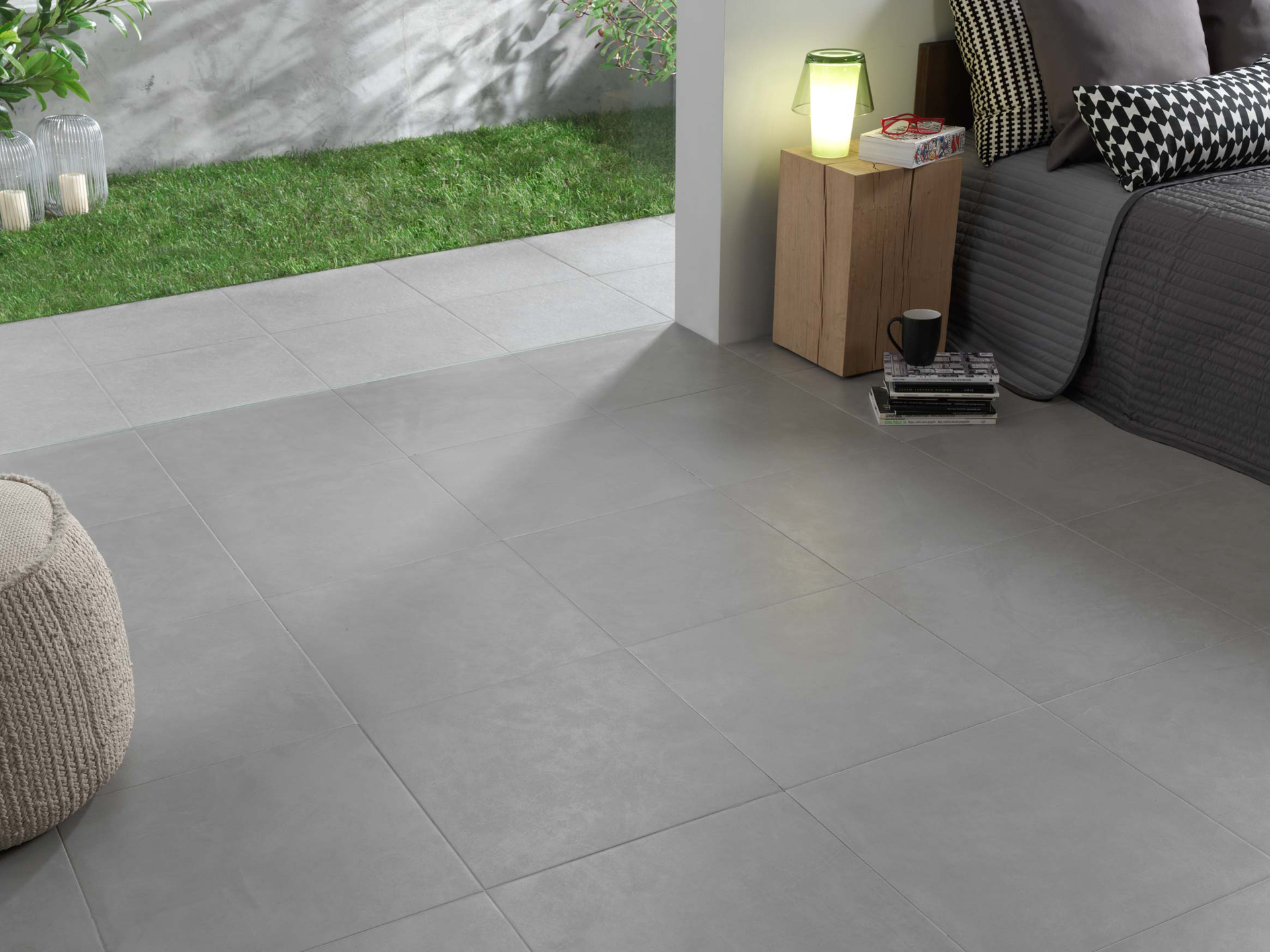
Scenarios and Recommendations: Choosing Wisely for Your Project
Now that we’ve dissected the technical differences and understood the aesthetic appeal of 60×60 matte grey tiles, let’s apply this knowledge to common project scenarios. Making the right choice depends heavily on the specific demands of your space and your priorities.
Residential Applications: Tailoring Tiles to Home Life
Homes present a diverse set of needs, from high-traffic family rooms to tranquil private sanctuaries.
High-Traffic Areas (Kitchens, Entryways, Living Rooms, Hallways)
These spaces endure daily wear from foot traffic, potential spills, and the movement of furniture.
- Recommendation: 60×60 Matte Grey Porcelain.
- Why: Porcelain’s superior durability, scratch resistance, and low water absorption are paramount here. It will withstand constant use, resist staining from spills (food, drinks, mud), and maintain its appearance for many years. The matte finish offers excellent slip resistance, a key safety feature in areas where spills are more likely. Its resistance to chipping means accidental impacts from dropped items or moving furniture are less likely to cause noticeable damage.
- Considerations: Higher initial cost and more complex installation. However, the longevity and low maintenance will likely offset these over time.
Bathrooms and Shower Walls
Areas with constant exposure to water, humidity, and cleaning products.
- Recommendation: 60×60 Matte Grey Porcelain.
- Why: Water absorption is the non-negotiable factor here. Porcelain’s near-zero absorption rate prevents water from penetrating the tile body, eliminating issues like mold growth behind the tile, efflorescence, and deterioration over time. The matte finish provides superior grip, drastically reducing slip hazards on wet bathroom floors. For shower walls, its imperviousness ensures the integrity of the waterproofing system.
- Considerations: Ensure proper waterproofing behind the tiles, regardless of material. The precision of rectified porcelain is beneficial for tight grout lines, minimizing areas for mold to grow.
Bedrooms and Formal Dining Rooms
Areas with light to moderate foot traffic and generally dry conditions.
- Recommendation: Either 60×60 Matte Grey Porcelain or Non-Porcelain (Ceramic).
- Why: In these less demanding environments, non-porcelain ceramic tiles can be a perfectly viable and more budget-friendly option. They offer the desired aesthetic without the need for porcelain’s extreme durability. The lower PEI rating of ceramic might not be an issue here.
- Considerations: While ceramic is acceptable, if budget allows, porcelain still provides added peace of mind for future resilience. Always ensure the ceramic tile has a suitable PEI rating (at least PEI 2 or 3 for flooring) and is from a reputable manufacturer.
Outdoor Patios, Balconies, and Pool Surrounds
Spaces exposed to the elements, including rain, snow, sun, and temperature fluctuations.
- Recommendation: 60×60 Matte Grey Porcelain (specifically outdoor-rated).
- Why: Frost resistance and low water absorption are critical for outdoor applications. Porcelain is engineered to withstand harsh weather conditions without cracking or spalling due to freeze-thaw cycles. Its durability also stands up to heavy outdoor furniture and foot traffic. The matte finish enhances safety around wet areas like pools.
- Considerations: Not all porcelain is rated for outdoor use, especially in extreme climates. Always verify the manufacturer’s outdoor rating and frost resistance certification. Ensure proper slope for drainage during installation.
Commercial Applications: Demanding Environments, Robust Solutions
Commercial spaces experience significantly higher traffic and more rigorous demands than most residential settings.
Retail Stores, Restaurants, Offices, and Public Lobbies
Areas with constant, heavy foot traffic, potential spills, and the need for a professional, long-lasting appearance.
- Recommendation: 60×60 Matte Grey Porcelain (PEI 4 or 5).
- Why: Porcelain’s unparalleled durability, resistance to abrasion, impact, and staining makes it the only truly suitable choice for high-traffic commercial environments. It can withstand heavy footfall, rolling carts, spills from food and beverages, and frequent cleaning without showing premature wear. The matte finish maintains slip resistance in busy, potentially wet areas. Its consistent aesthetic with minimal grout lines contributes to a clean, professional commercial image.
- Considerations: Invest in high-quality, commercial-grade porcelain. Professional installation by experienced commercial tilers is essential to ensure proper subfloor preparation and a durable, long-lasting installation.
Industrial or Heavy-Duty Commercial Spaces (Warehouses, Workshops)
Environments with extreme heavy traffic, machinery, and potential for significant impact or chemical exposure.
- Recommendation: Specialized Industrial-Grade 60×60 Matte Grey Porcelain.
- Why: Standard porcelain might suffice for some light industrial use, but for truly heavy-duty applications, look for porcelain tiles specifically manufactured for industrial environments, which often have enhanced thickness, higher breaking strength, and chemical resistance.
- Considerations: Consult with a tile expert specializing in industrial flooring to ensure the chosen tile meets specific industry standards and chemical resistance requirements.
By carefully evaluating the intended use of your 60×60 matte grey tiles against the inherent properties of porcelain and non-porcelain, you can make a technically sound decision that ensures the longevity, performance, and aesthetic success of your project.
Installation and Maintenance: Maximizing the Life of Your Tiles
Even the highest quality 60×60 matte grey tiles will only perform optimally if installed correctly and maintained diligently. Understanding the specific needs of large format, matte finish tiles, and the differences between porcelain and non-porcelain, is crucial for maximizing their lifespan and beauty.
Professional Installation: A Non-Negotiable for 60×60 Tiles
Regardless of whether you choose porcelain or non-porcelain, the 60×60 large format tile size inherently demands professional installation. This is not a DIY project for novices.
Subfloor Preparation is Key
- Absolute Flatness: Large format tiles like 60×60 will highlight even minor imperfections in the subfloor. Any humps or dips can lead to “lippage” (uneven tile edges) or, worse, hollow spots that are prone to cracking under pressure. Professionals use self-leveling compounds to ensure a perfectly flat surface.
- Structural Integrity: The subfloor must be structurally sound and adequately stiff to support the weight of the tiles and prevent excessive deflection, which can cause cracking.
Adhesive Selection and Application
- For Porcelain: As discussed, a high-quality, polymer-modified thin-set mortar is essential for proper bonding due to porcelain’s low porosity. The installer must ensure 100% mortar coverage on the back of the tile (“back-buttering”) and the subfloor to prevent voids that could lead to breakage.
- For Non-Porcelain: While less demanding, a good quality thin-set is still recommended.
- Trowel Size: Large format tiles require a larger notched trowel to ensure adequate mortar coverage.
Grout Selection and Application
- Grout Line Width: For rectified 60×60 porcelain, minimum grout lines (1/16 to 1/8 inch or 2-3mm) are achievable, creating a seamless look. For non-rectified non-porcelain, wider lines (3/16 inch or 4-5mm) are often necessary.
- Grout Type: Standard sanded grout is common, but for very tight grout lines or enhanced stain resistance, epoxy grout or specialized urethane grouts can be considered. The color of the grout also plays a significant role in the overall aesthetic of your matte grey tiles – a matching grey grout can further enhance the seamless appearance.
- Sealing Grout: While porcelain tiles themselves rarely need sealing, grout lines, especially cementitious ones, are porous and will benefit from sealing to prevent staining and make cleaning easier.
Maintenance Tips for 60×60 Matte Grey Tiles
The matte finish is forgiving, but proper cleaning routines will keep your tiles looking their best.
Regular Cleaning
- Sweep or Vacuum Regularly: Remove loose dirt, dust, and grit that can act as an abrasive and dull the finish over time.
- Damp Mop with Mild Cleaner: Use a pH-neutral cleaner specifically designed for tiles. Avoid harsh chemicals, abrasive cleaners, or oil-based soaps which can leave a residue on matte surfaces and attract dirt. A diluted solution of water and a small amount of dish soap can also work.
- Microfiber Mops: These are excellent for picking up dirt and minimizing streaks on matte surfaces.
- Avoid Wax-Based Cleaners: These can build up on matte tiles, creating a slippery film and dulling the finish.
Tackling Stubborn Stains on Matte Tiles
While matte grey tiles hide dirt well, some stains may require specific attention.
- For General Grime/Scuff Marks: A slightly abrasive nylon brush with a mild, pH-neutral cleaner can help.
- For Grout Haze (after installation): If left behind, grout haze needs to be removed with a specialized grout haze remover shortly after installation.
- For Specific Stains (e.g., grease, wine): Identify the stain type and use a recommended cleaner. For porcelain, a poultice might be used for deep stains, but this is rarely necessary due to its low porosity.
- Avoid Steel Wool or Harsh Scrubbers: These can scratch the surface of both porcelain and non-porcelain tiles.
Protecting Your Investment
- Use Felt Pads: Place felt pads under furniture legs to prevent scratches and scuffs, especially when moving heavy items.
- Doormats: Place mats at all entryways to trap dirt and grit before it’s tracked onto the tiled floor.
- Prompt Spill Cleanup: While matte grey porcelain is stain-resistant, prompt cleanup of spills is always the best practice to prevent any potential issues, especially on grout lines.
By adhering to these installation guidelines and maintenance practices, your 60×60 matte grey tiles, whether porcelain or non-porcelain, will deliver years of beautiful and functional performance. However, the inherent superior properties of porcelain will always give it an edge in terms of long-term durability and ease of care in demanding environments.
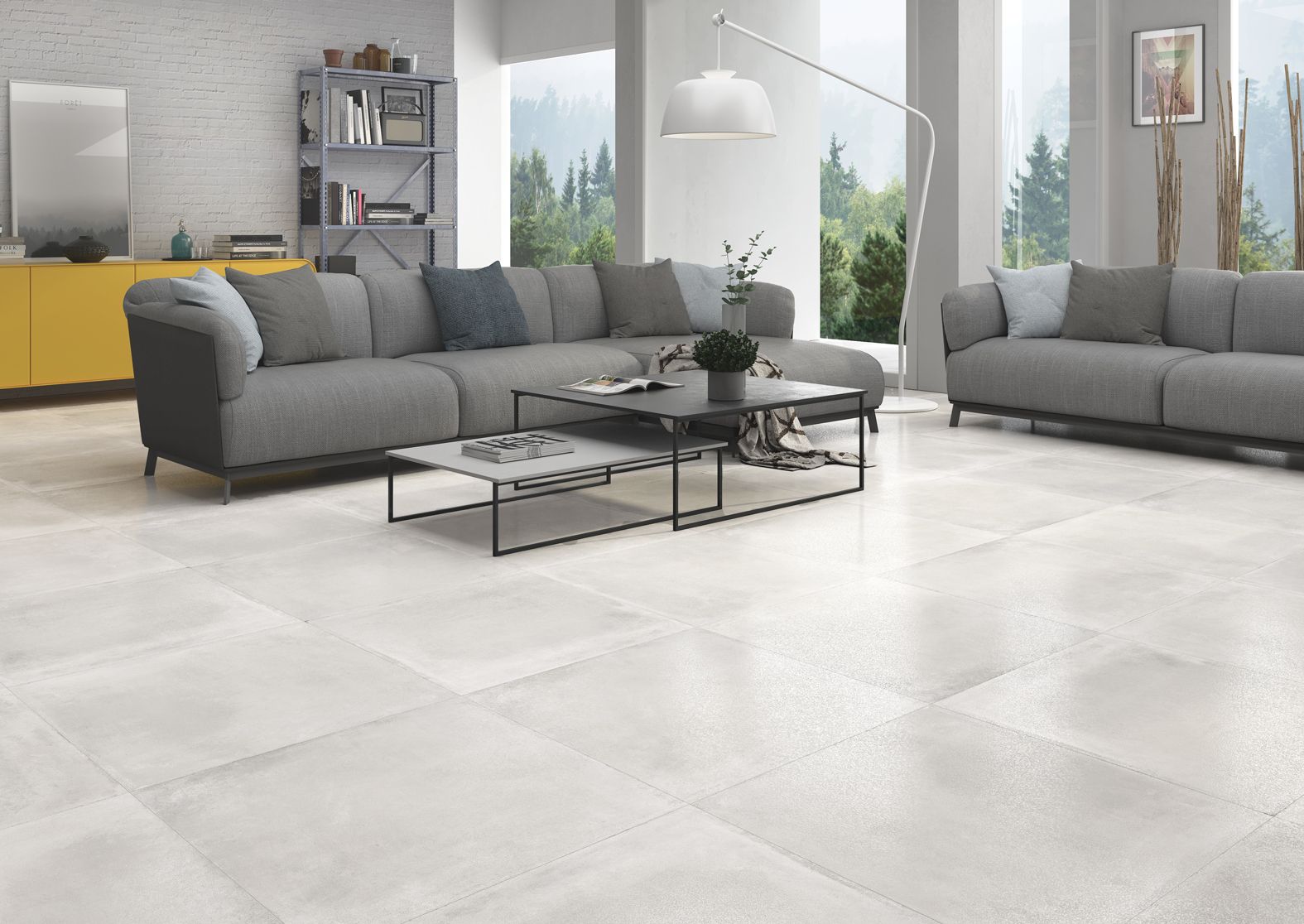
Conclusion: Making Your Informed 60×60 Matte Grey Tile Choice
The journey to selecting the perfect 60×60 matte grey tile for your project is more intricate than simply appreciating its contemporary aesthetics. As we’ve thoroughly explored, the fundamental distinction between porcelain and non-porcelain (ceramic) tiles lies in a crucial set of technical attributes that directly impact their performance, longevity, and suitability for various applications.
Porcelain, forged in intense heat, emerges as the undisputed champion of durability. Its incredibly low water absorption (less than 0.5%) makes it virtually impervious to moisture, stains, and frost, rendering it ideal for high-moisture environments like bathrooms and kitchens, as well as all outdoor applications. Its superior hardness and breaking strength ensure exceptional resistance to heavy foot traffic, impacts, and scratches, making it the preferred choice for commercial spaces and active residential areas. While porcelain typically comes with a higher upfront cost and more demanding installation requirements, its long-term value, minimal maintenance, and enduring beauty often represent a superior return on investment.
Non-porcelain, while more accessible in price and easier to install, possesses higher water absorption and less density. This limits its use in wet areas, outdoor settings in freezing climates, and high-traffic zones where it is more susceptible to staining, chipping, and premature wear. However, for lighter-duty indoor applications like bedroom floors or wall coverings, non-porcelain can be a perfectly acceptable and budget-conscious alternative.
The 60×60 large format, coupled with the sophisticated matte grey finish, universally offers a sleek, modern, and expansive aesthetic. The large size minimizes grout lines, creating a seamless flow, while the matte texture provides excellent slip resistance and effectively camouflages dirt and smudges. This combination is a testament to contemporary design and practicality.
Ultimately, your decision should be an informed blend of aesthetic desire and technical necessity. Evaluate your project’s specific demands:
- What is the expected foot traffic?
- Will the tiles be exposed to moisture or extreme temperatures?
- What is your long-term budget for maintenance and potential replacement?
By asking these critical questions and referencing the technical guidelines provided in this comprehensive guide, you are empowered to make a choice that goes beyond superficial appeal. You will select a 60×60 matte grey tile that not only elevates your space with its captivating presence but also performs flawlessly for years to come, truly making it a worthwhile and intelligent investment.
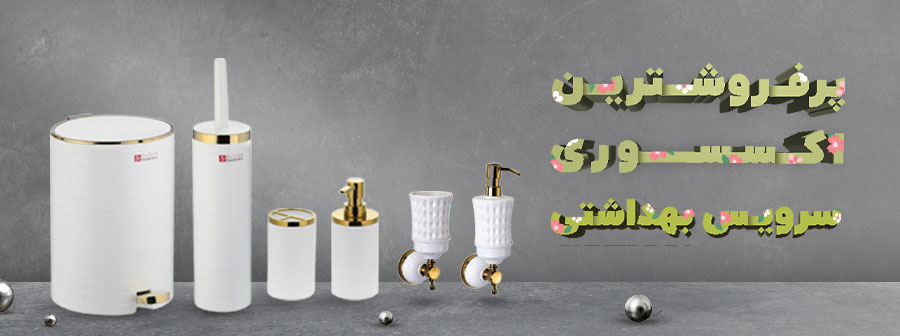
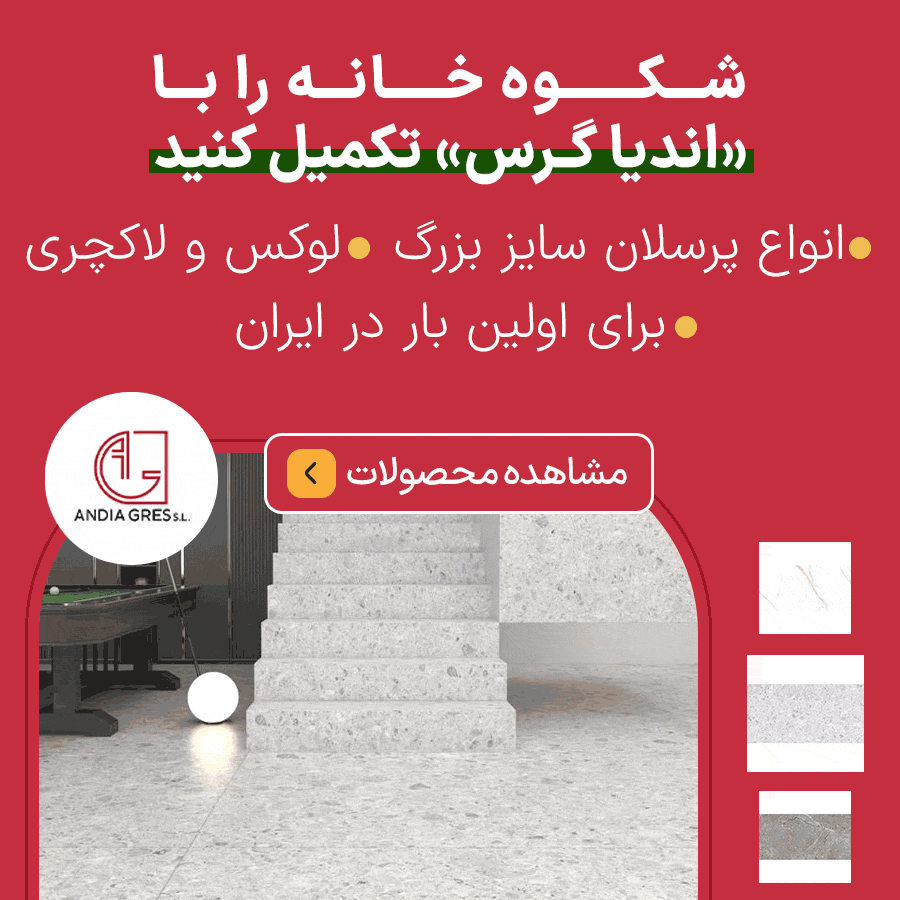
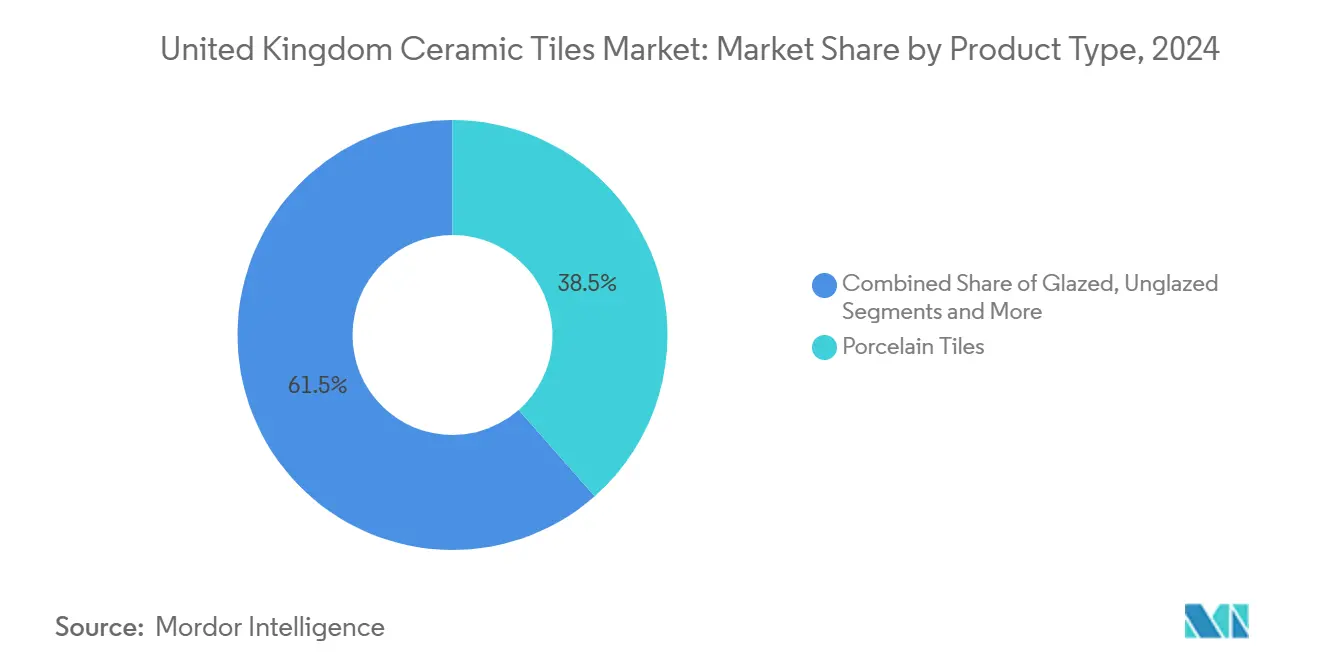



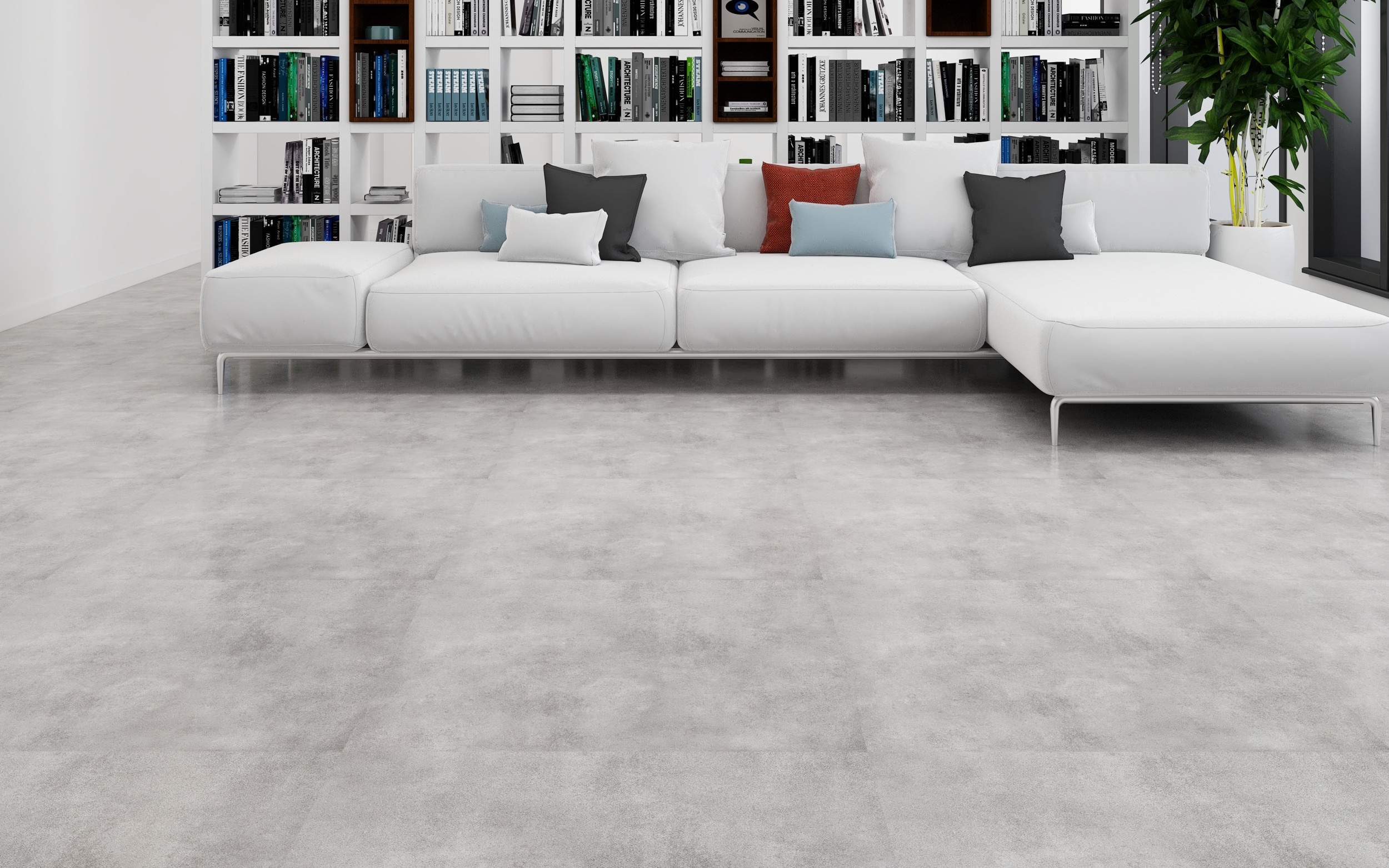
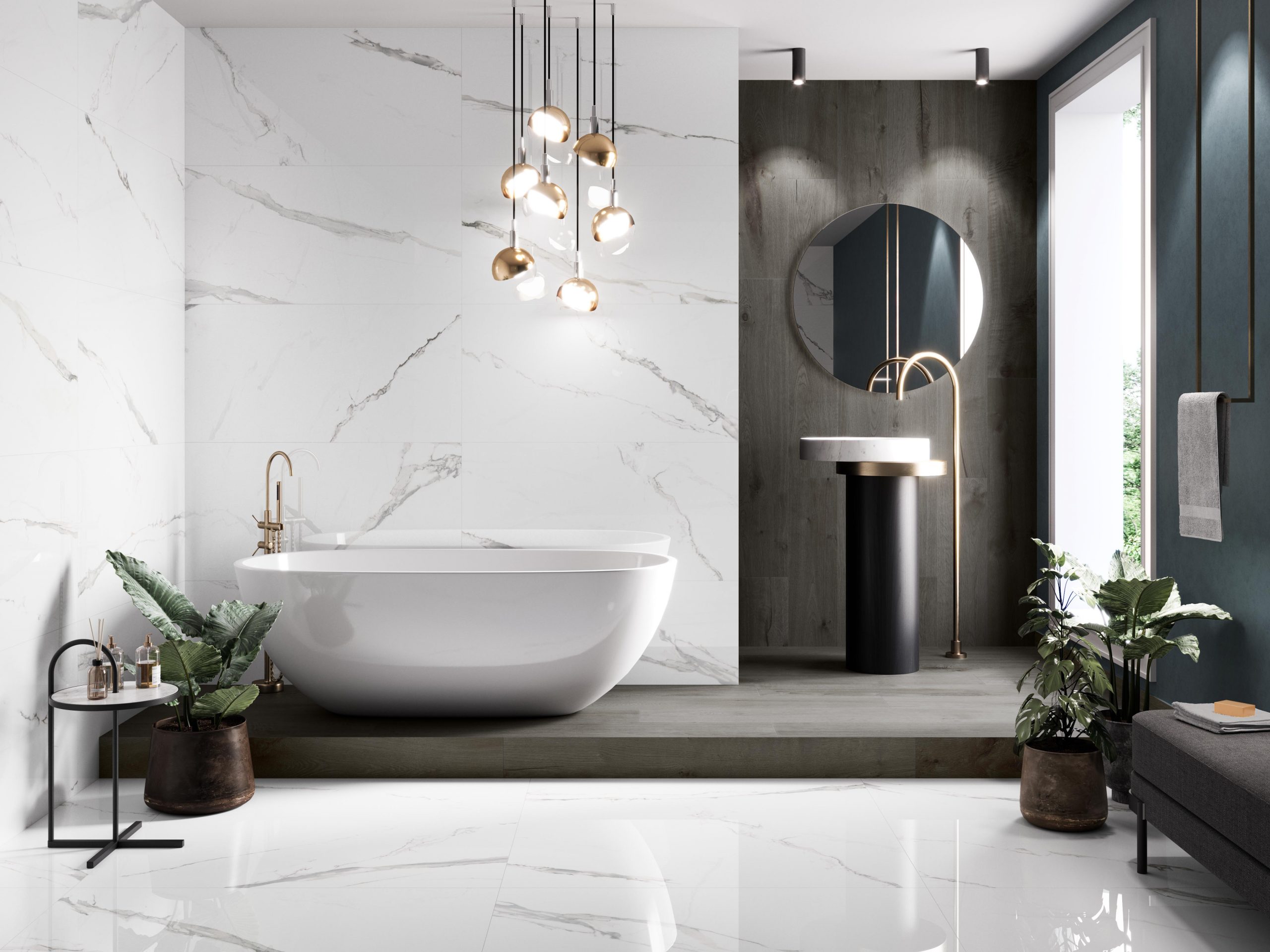
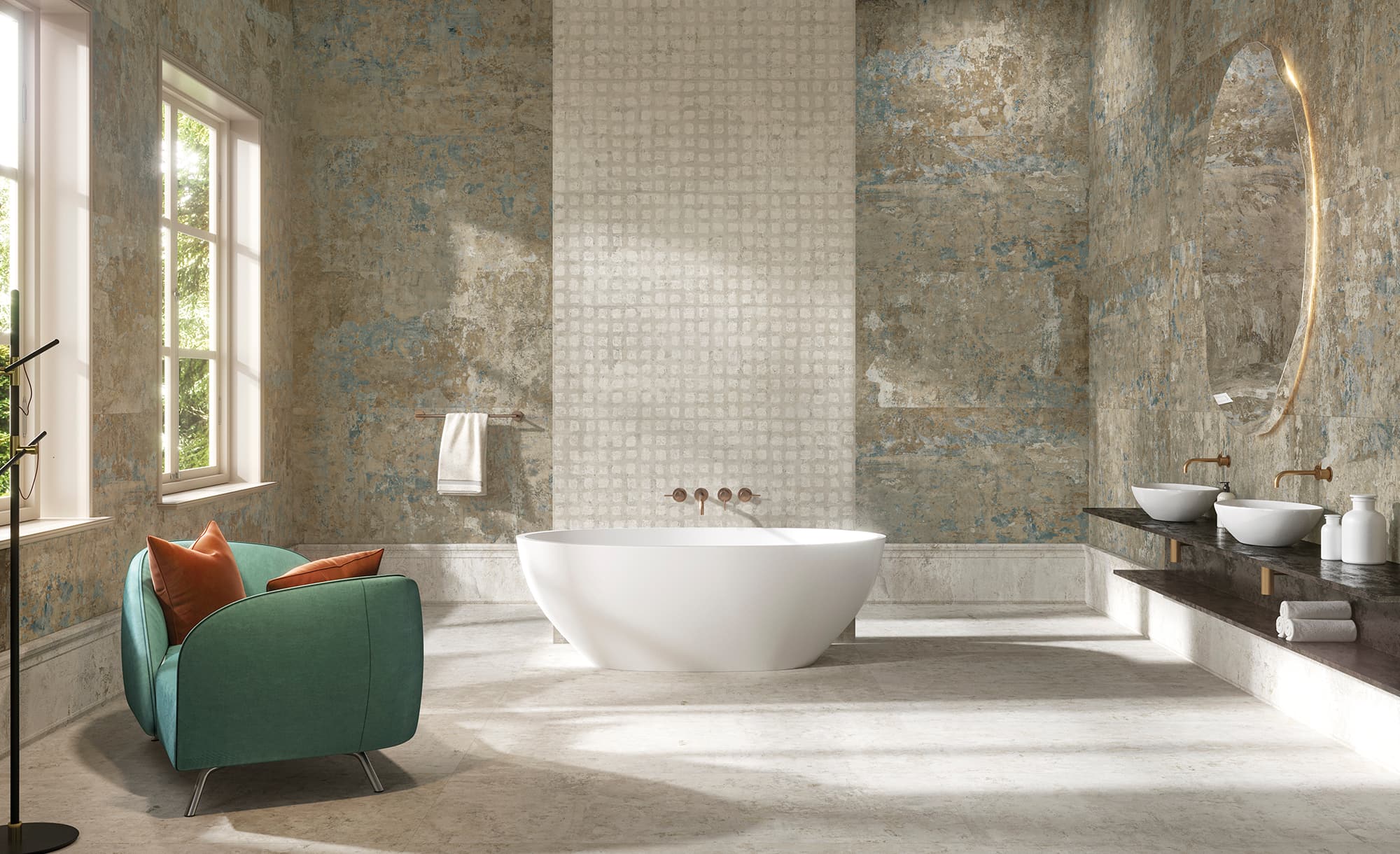
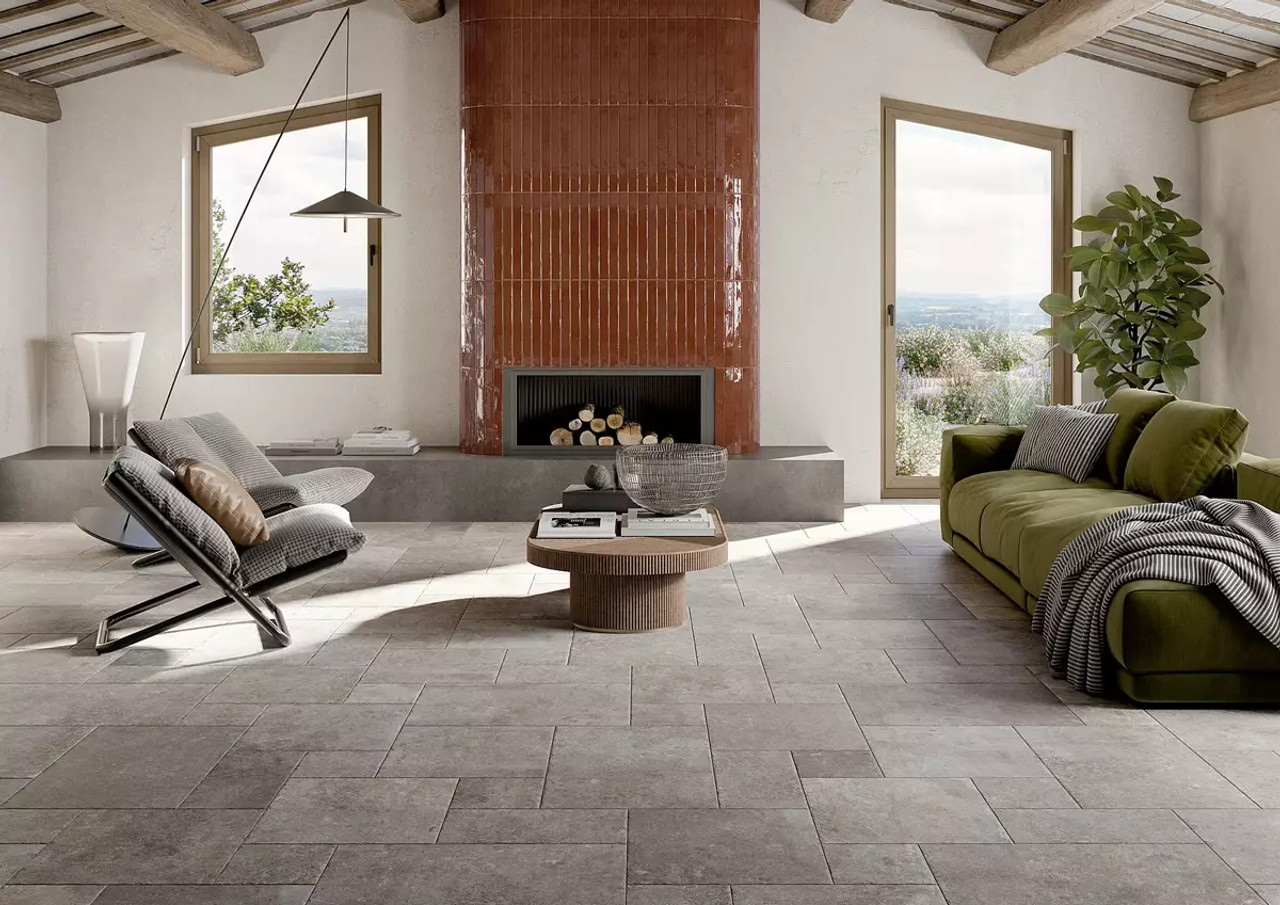
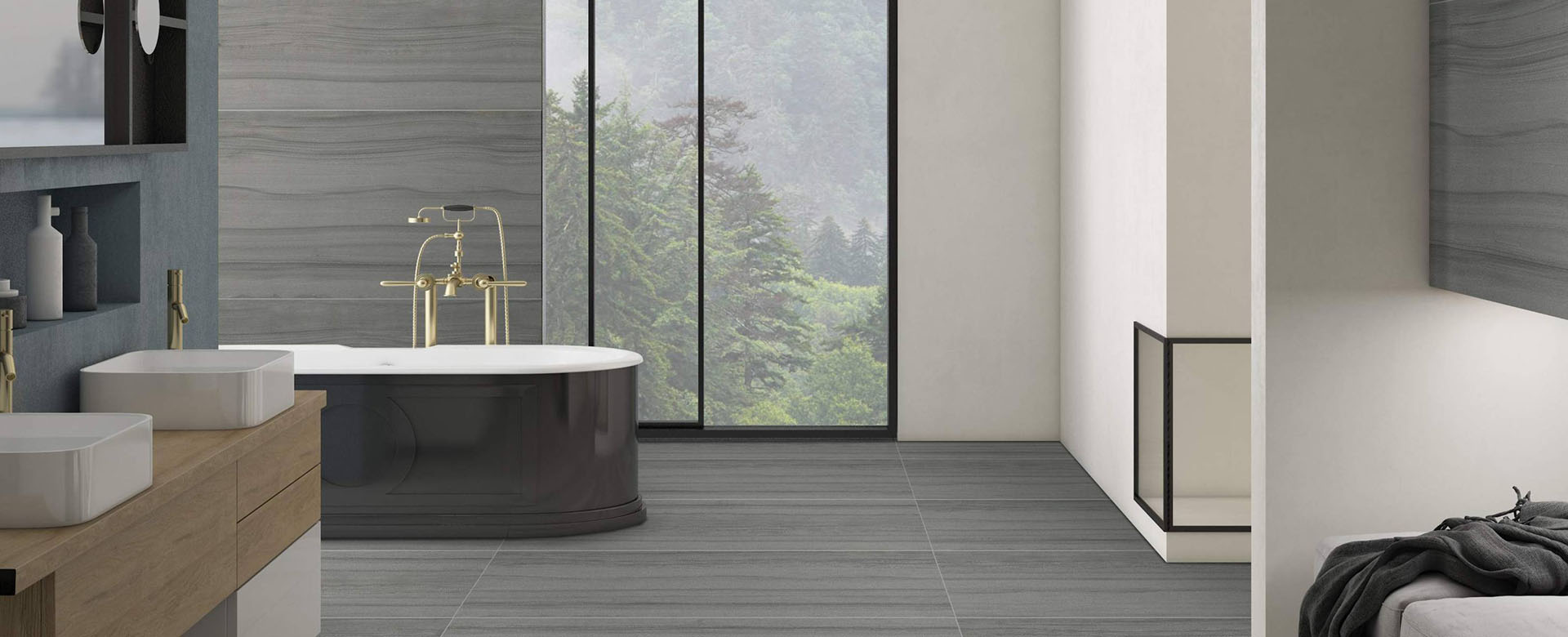
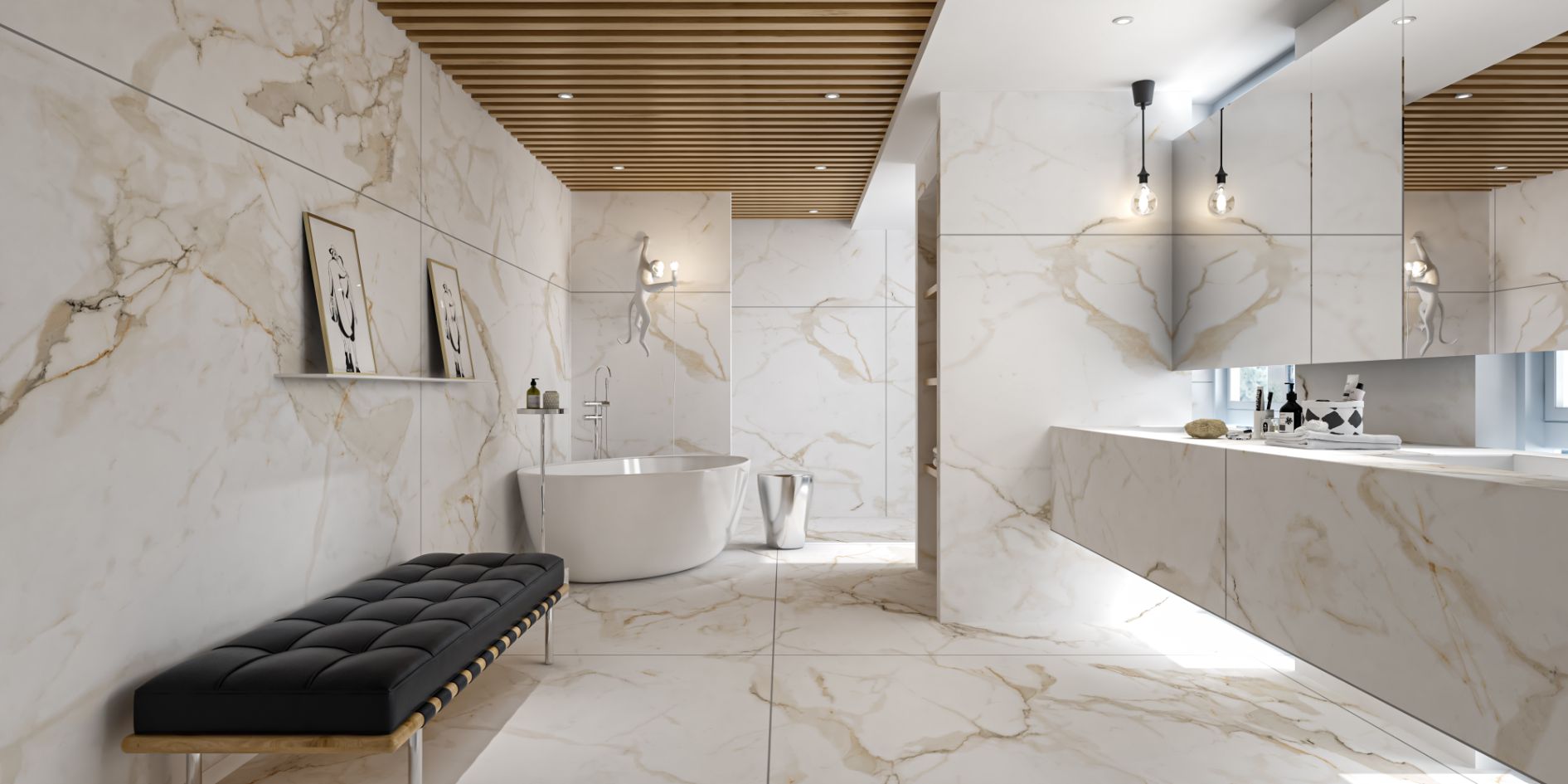
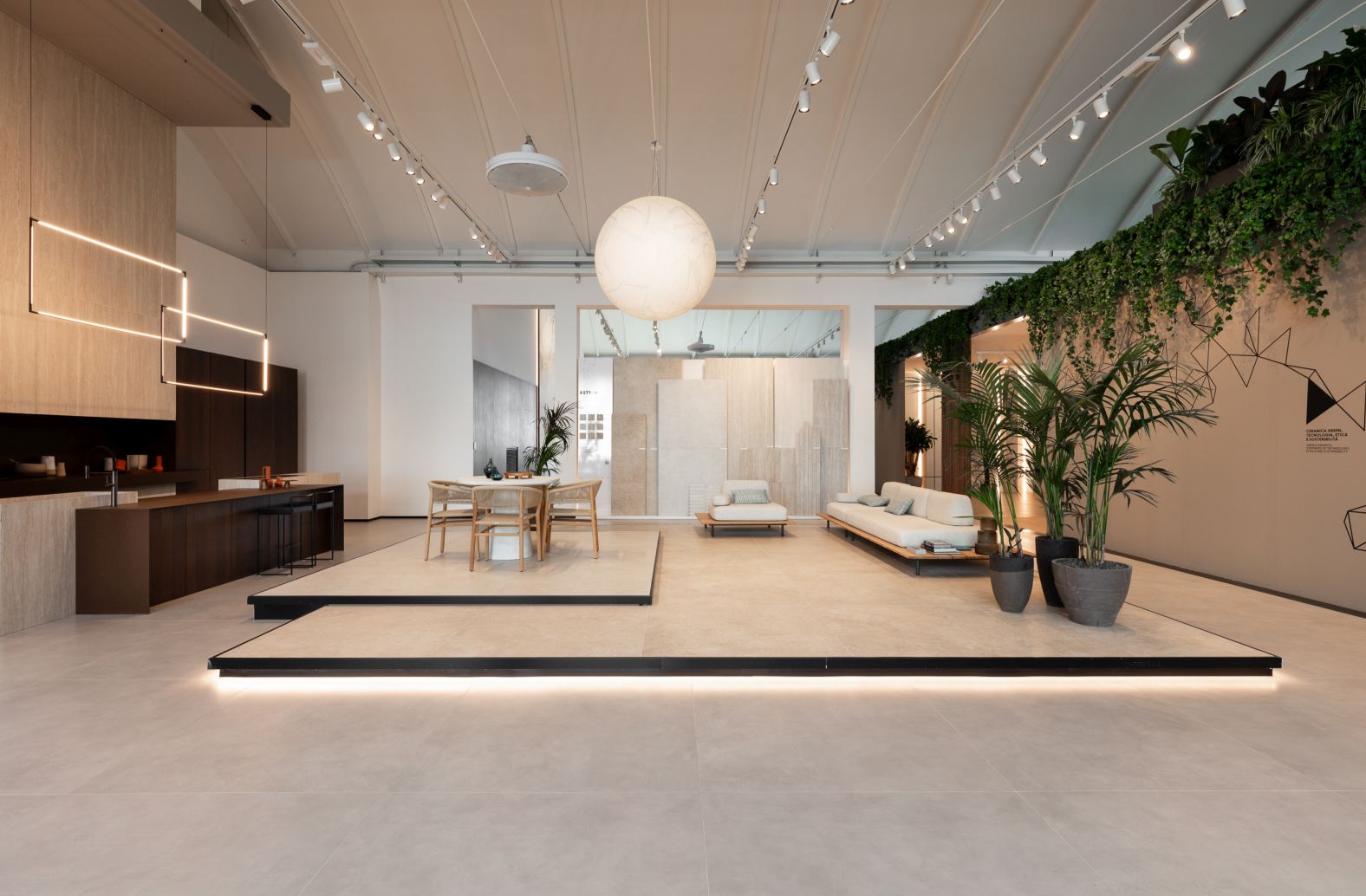
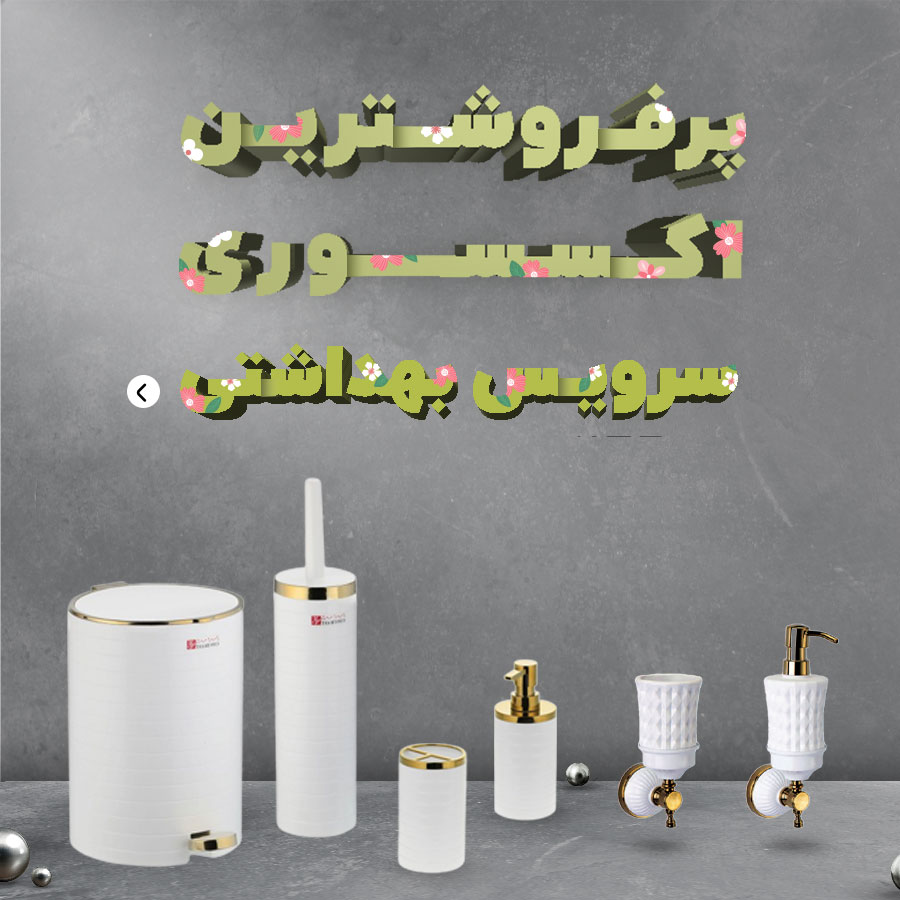

نظرات ۰